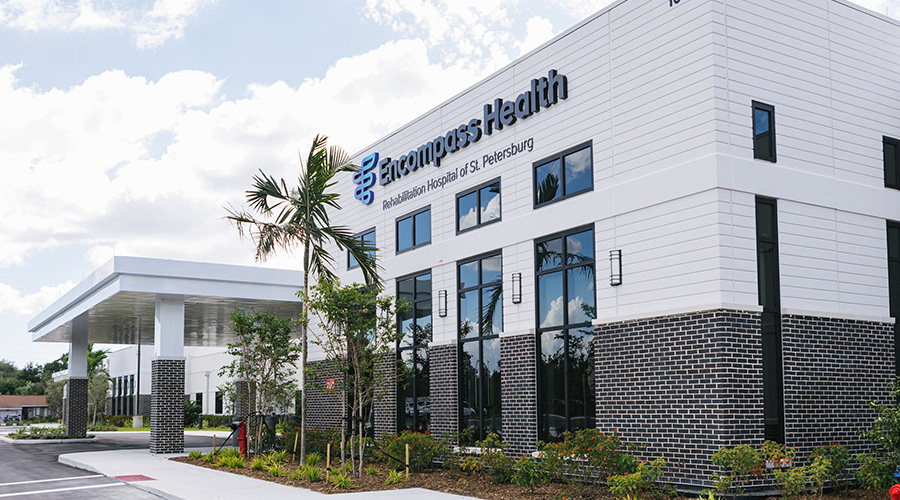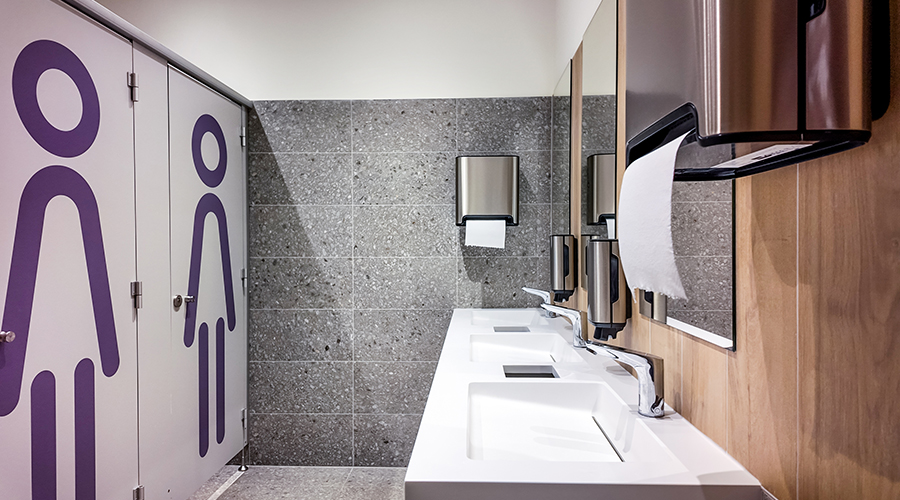The five most common hospital-acquired infections cost the U.S. health care system almost $10 billion annually, according to a new study by the U.S. Centers for Disease Control and Prevention.
One out of every 20 patients who are admitted to a hospital will get an infection while there, according to an article in U.S. News & World Report. Almost half of these often serious and even life-threatening infections may be preventable.
The new study from Harvard researchers, which was published online Sept. 2 in JAMA Internal Medicine, suggests that by focusing efforts on surgical site infections and by guarding against infections caused by Clostridium difficile, hospitals could save substantial amounts of money.
Researchers conducted a meta-analysis, or a study of studies, to estimate the costs associated with each of the different kinds of infections, according to the article. They used a large, national database maintained by the CDC to estimate the number of health care-associated infections. And they built mathematical models to incorporate variations in patient outcomes and to see how those variations impacted costs.
Read the article.

 A 'Superbug' Is on the Rise in Hospitals
A 'Superbug' Is on the Rise in Hospitals The Next Generation of Security Tech in Healthcare Facilities
The Next Generation of Security Tech in Healthcare Facilities Encompass Health Rehabilitation Hospital of St. Petersburg Opens
Encompass Health Rehabilitation Hospital of St. Petersburg Opens Why More Facilities are Adding Gender Neutral Restrooms
Why More Facilities are Adding Gender Neutral Restrooms Massachusetts Hospital Cyberattack Reflects Growing Vulnerability in Healthcare Systems
Massachusetts Hospital Cyberattack Reflects Growing Vulnerability in Healthcare Systems